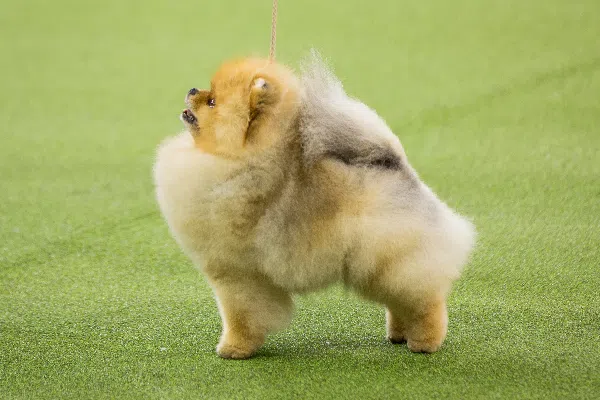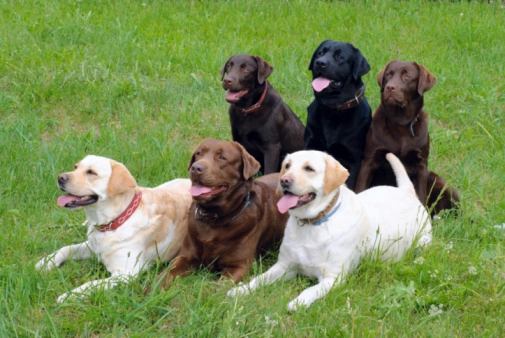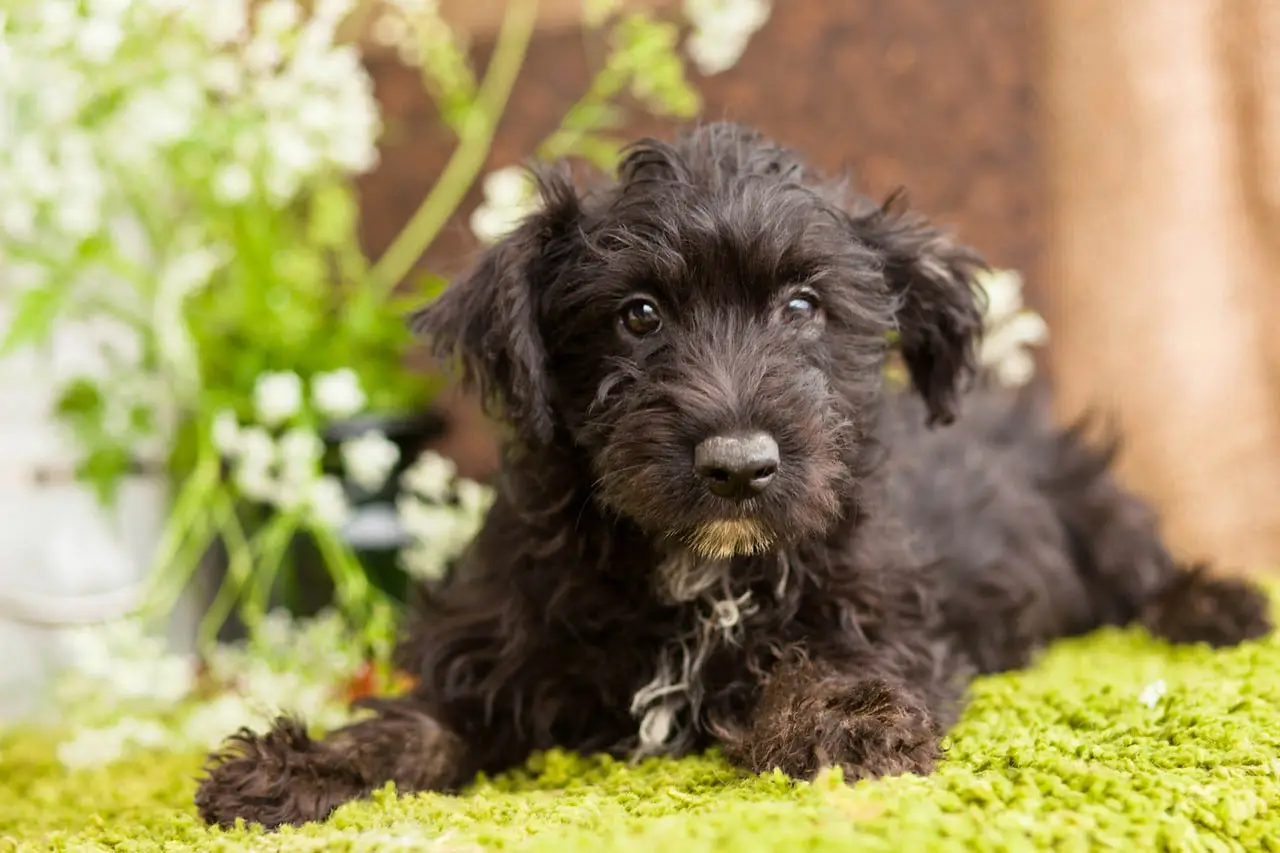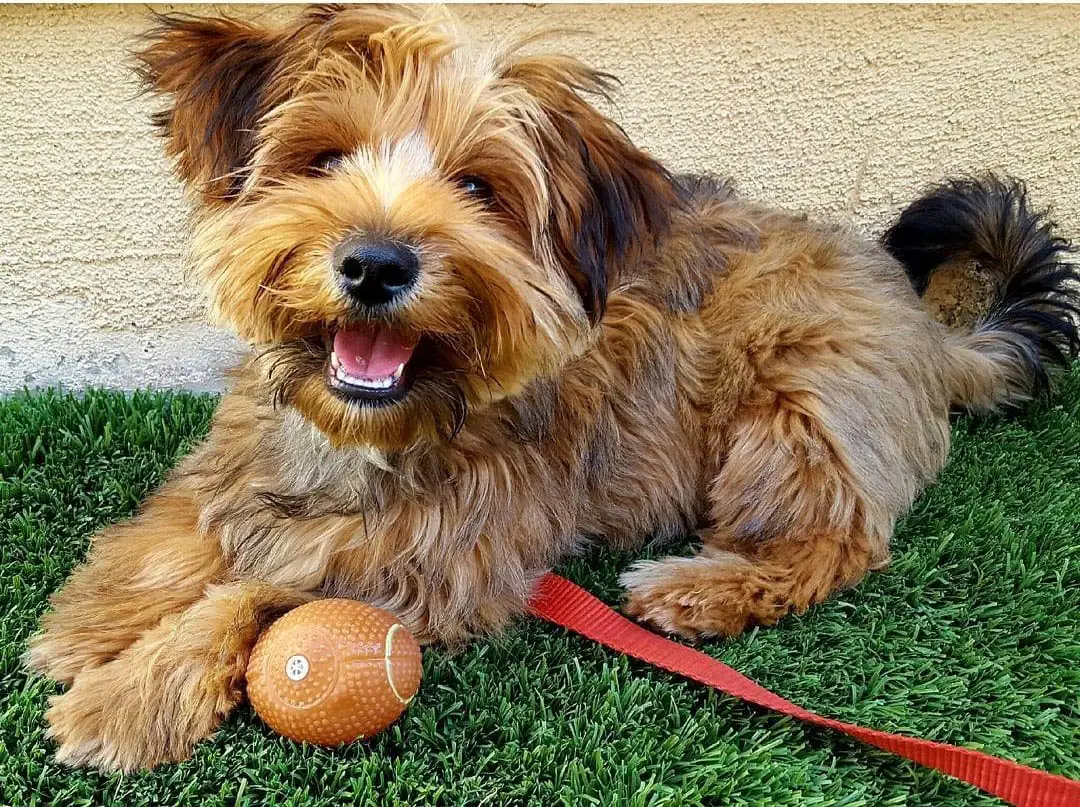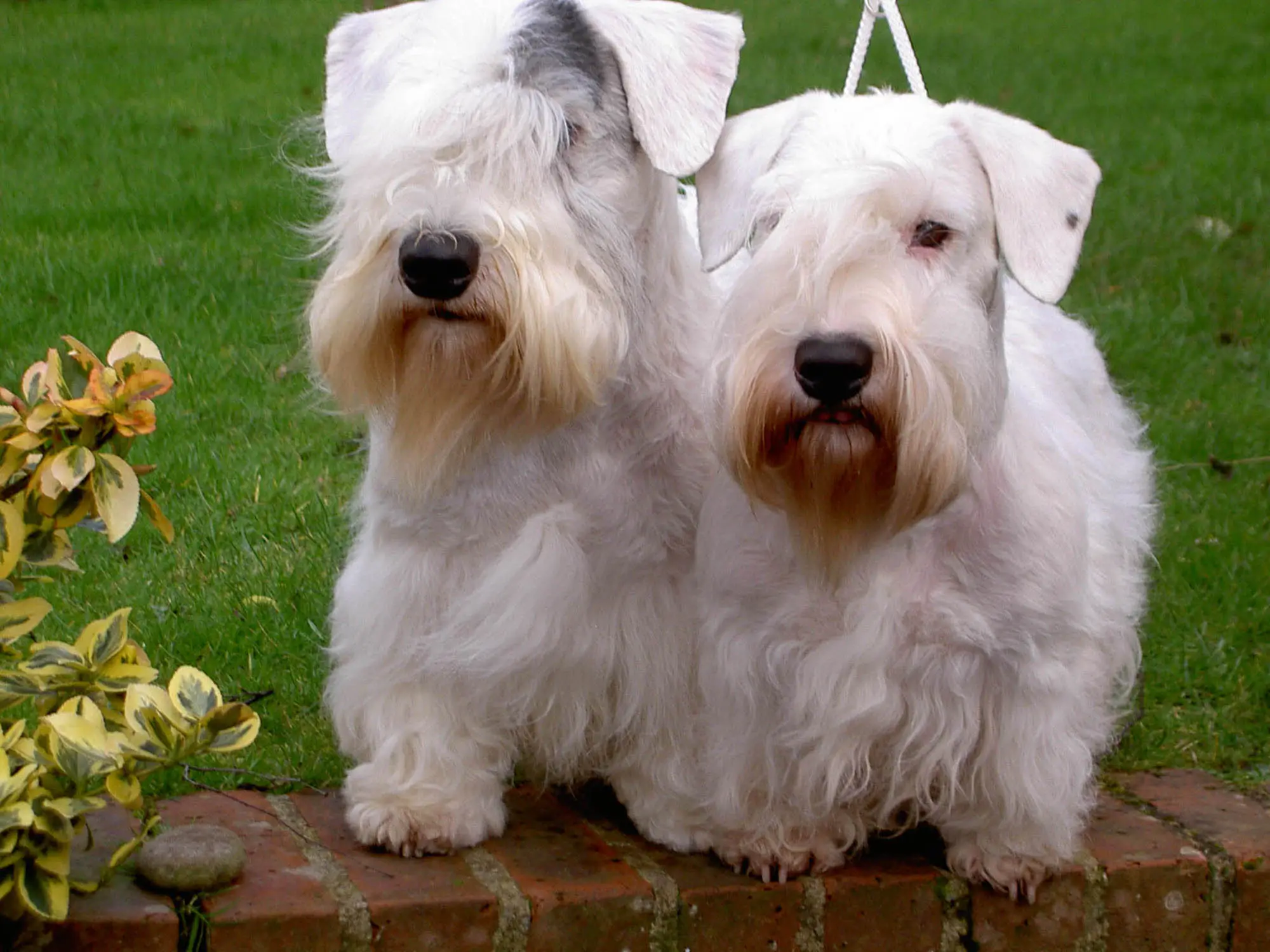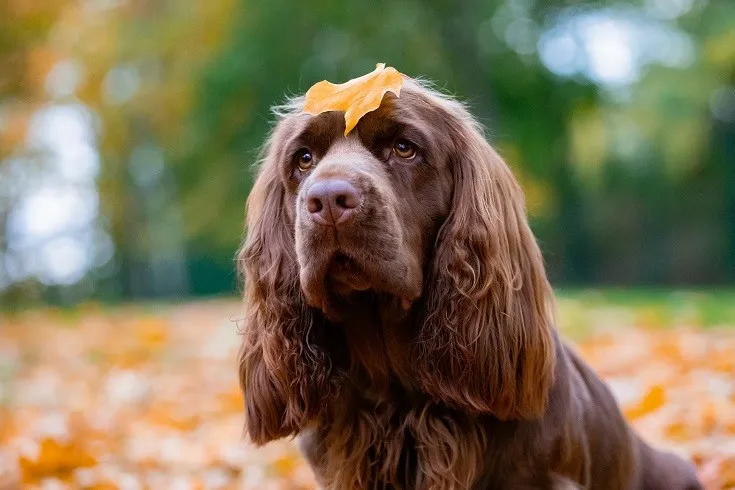History
The Chi Chon is a result of crossbreed between the Bichon Frise and the Chihuahua. The breed comes with a compact body covered with a soft coat. The adorable toy appearance and its striking rounded black eyes make it an appealing dog. Although it is small in structure.
Temperament & Personality
The breed is fun loving, playful pleasant and is exceptionally loyal and friendly behavior. They tend to bark to grab someone’s attention and can be noisy at times, but they are not as good as watchdogs. Adapting to different lifestyles is an excellent feature in them. However, leaving them alone for an extended period can develop destructive behavioral issues like chewing or tearing. They are a great family dog and have excellent interacting sessions with kids and other pets but should be under supervision to avoid bites and aggressiveness.
Exercise
Chi Chon is an active breed and it requires regular activity to meets its daily requirement of being mentally stable and physically fit. They love to play, run and are happier if their owners play with them. Visiting dog parks or long walks or play games like fetching can be a part of its activity sessions.
Grooming
It is not an excessive shedder, but the coat can get tangled or matted so brushing it on a regular basis will keep them healthy and clean. Bathe them when necessary to maintain its shine and trim its hair around its eyes. Prevent its eyes from developing mucous or eye discharge, otherwise, it can face eye problems. Other grooming sessions include checking of ears regularly, brushing its teeth two to three times a week and trimming of nails monthly.
Health Problems
Although designer dogs do not have any typical health issue, few of them may possess problems inherited from their parents. This breed is prone to cataracts, bladder problem, hip dysplasia, patellar luxation, heart disease, food and contact allergies and formation of stones.
Training
Due to its intelligent nature borrowed from its parents, it is moderately easy to train but not a quick learner. Patience and time should be devoted to them during the teaching period. If not, it's better to send them to obedience classes. Moreover, start socializing them from their puppyhood.
Feeding
The diet should supply adequate nutritional needs. They can also eat raw food and rehydratable dry food. Provide them with ½ to 1 cup of high-quality dry dog food. If dry kibble is given, select the one which is free of grains, wheat, and corns as they are allergic to such products.
.png)


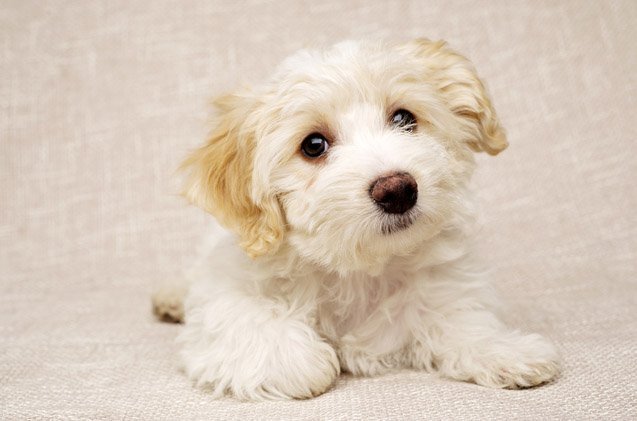


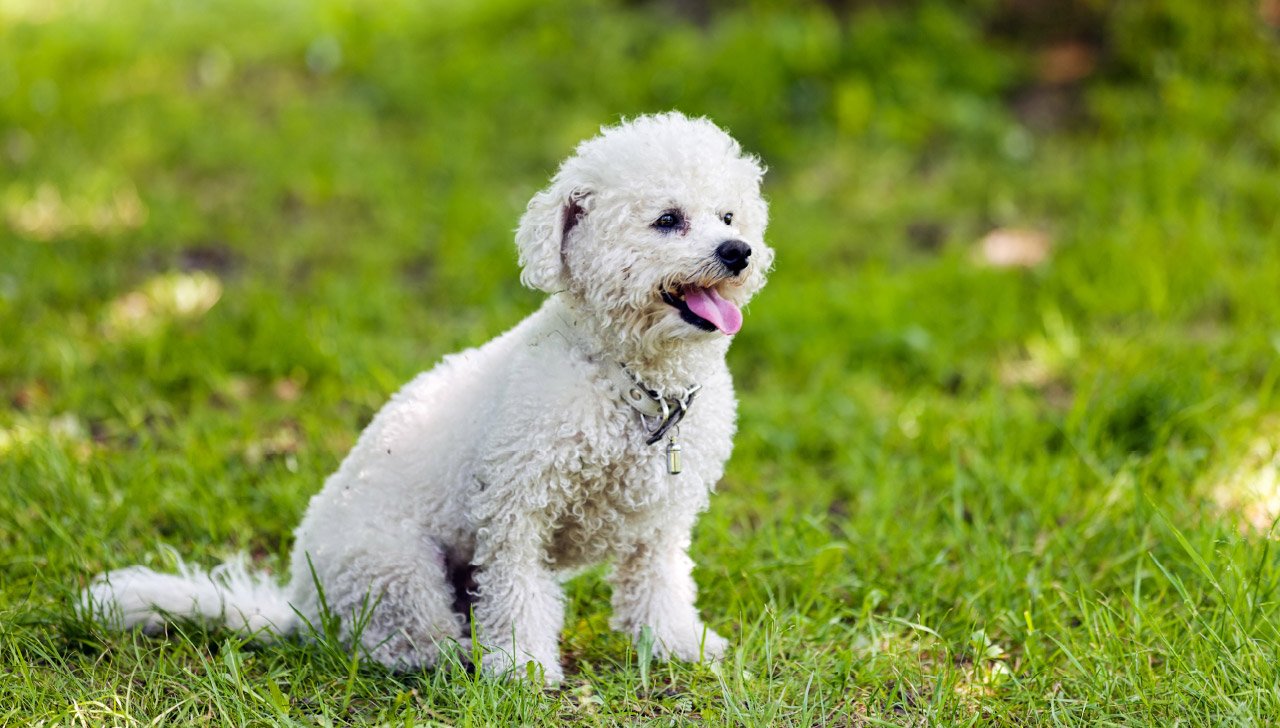



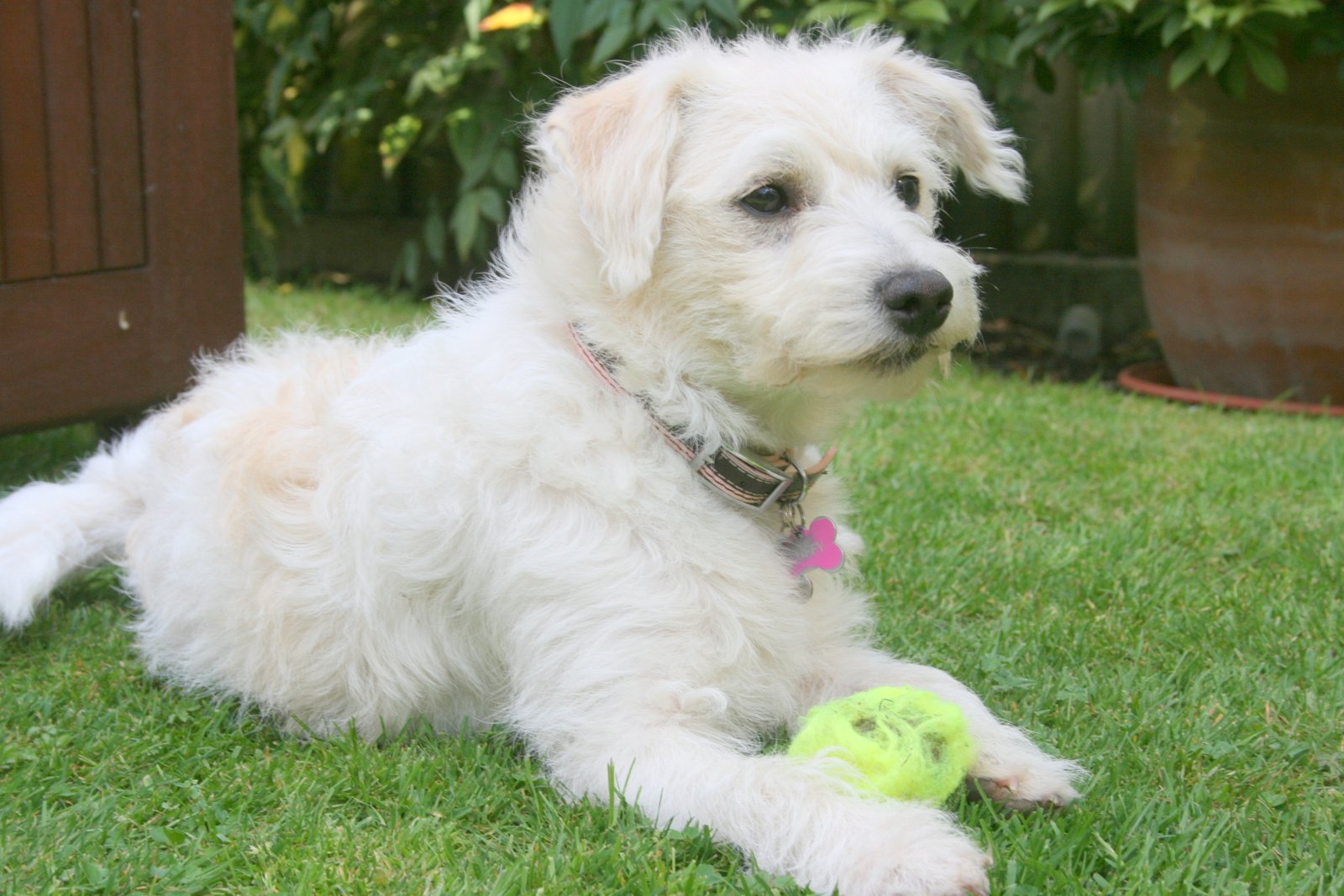
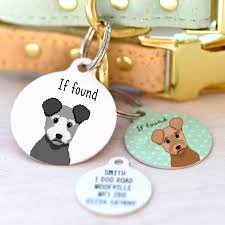

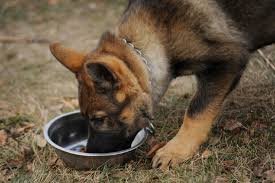









.webp)






